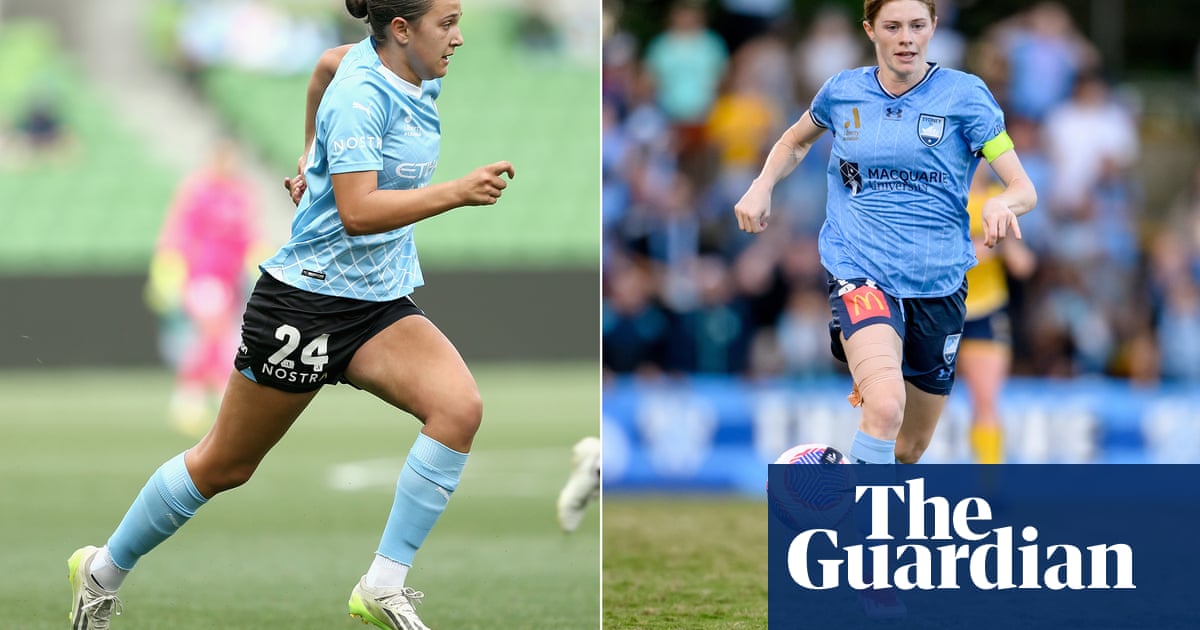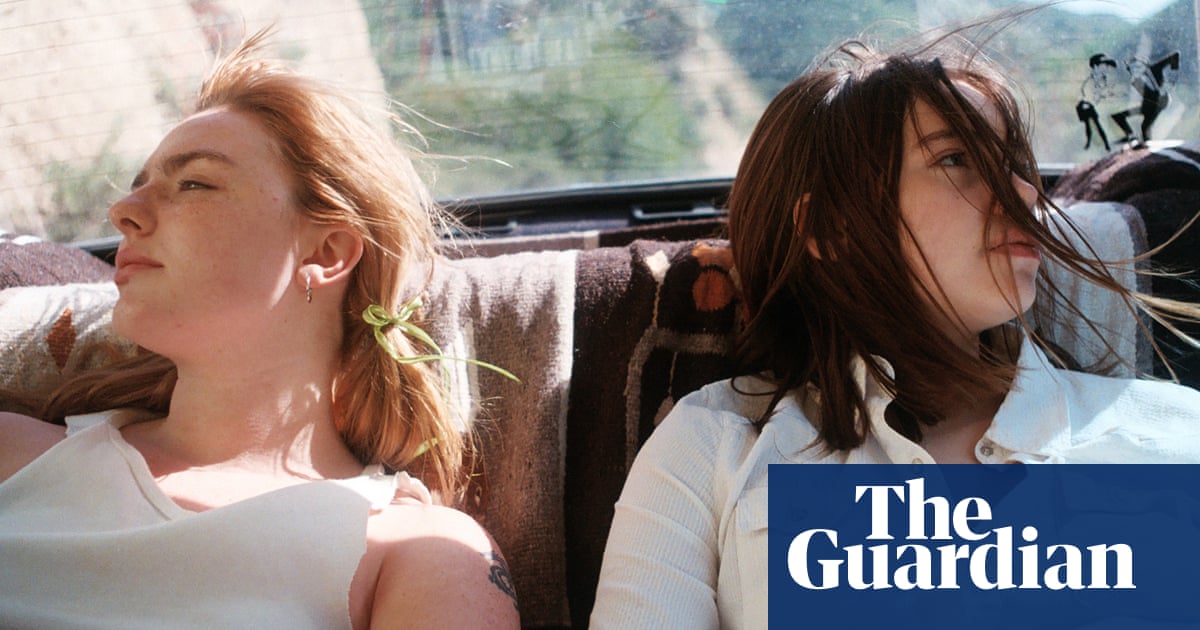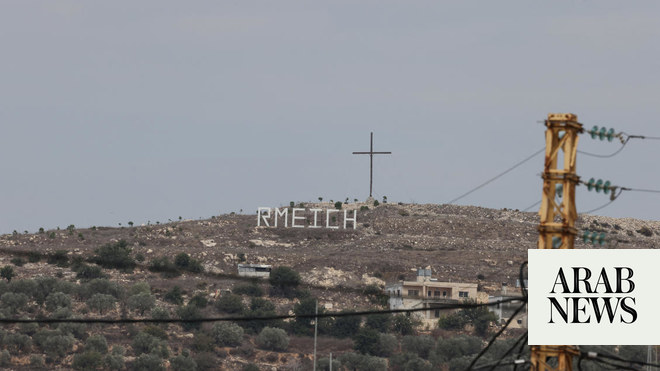
his was shot in my third season crab fishing on a vessel called Rollo. King crab season in the Bering Sea, off Alaska, usually starts mid-October and lasts for several weeks, but it can be as little as one week – it depends on weather, luck and skill. When the season is finished, everyone goes in to Dutch Harbor and waits to offload their catch. There can be about 350 other boats filled up with crab. Sometimes you queue for eight days.
Everyone looks forward to Halloween. You get a bunch of crabbers in a bar and it gets pretty crazy. I’d bought this horse-head costume in advance and, as we were cruising in to Dutch Harbor, my friend Matthew and I were trying out costumes. I took some pictures of him wearing the mask, then my cat came walking by and Matthew grabbed her.
Kitty was seven months old. The captain had cats on the boat and I had decided to get one myself. I had gone to the pound looking for one with a mellow temperament, because I knew that, what with all the pots banging around and storms at sea, I didn’t want a pet who would be scared and hiding all the time. I opened the cage doors and most of the cats were pinned against the backs of the cages. But then I opened Kitty’s – she never got a name, just Kitty – and she was just standing there, her tail flopping back and forth. I threw a ball and she came leaping out. I was like: “OK, this is the cat for me.”
Kitty was so fearless. She would saunter out in the middle of storms or sit on the back deck as we were trying to stack up an 800-pound crab pot. Several times, I had to yell up at the crane operator, to let him know Kitty was there, looking up at a pot that was about to drop on her head. She was always trying to stalk seagulls but she was too small – they were way bigger than her. Life on a commercial boat didn’t offer her much chance of longevity so after two seasons I retired her and she’s lived at my home ever since. She’s almost 15 now.
I overlooked this image for a couple of years. I thought it was just a joke. Then I came across it one day. For me, it says something about commercial fishing: the work is so gruelling and dangerous that there is a lot of joking around, to blow off steam.
I grew up in southern California on the ocean. My dad got me into sport fishing when I was still in diapers. When I was 19, I drove up to Alaska with a friend to search for a fishing job. I had been crabbing for about a year and a half before we ended up on the reality show Deadliest Catch. I remember being a little disappointed they didn’t bring us back the next year but I’m relieved now. The fame got to the folks who kept doing it.
When you’re crabbing you’re facing the full force of nature, risking injury and death. I’m known for photography but fishing is where I’m in my element. It is hard on your body, the weather is stressful, and there can be all kinds of haywire dangerous stuff happening. Today’s digital world has us so out of our bodies, but here you’re so present, so alive.
I’ve been in situations where the boat is getting covered in ice and it’s night and I’m on a stack of crab pots as the webbing on them freezes and everything is slippery. The last Bering Sea trip I went on, I snuck out to take photos of really big seas. A huge wave came over and I was swimming underwater for a minute. My entire camera, even through a plastic bag, was soaked. In rough weather, you need all your senses. Having one eye closed and the other looking through a camera is pretty dangerous.
The first time I exhibited this was at a gallery in Chicago. Everyone paused at that photo. Most said they thought it was fake or Photoshopped. I think it works because of the intense, startled look on both the horse’s and the cat’s face. There’s a mystery you want to solve. “Why would this be happening?” Everyone wants to know.
Corey Arnold’s CV
Born: La Jolla, California, 1976.
Trained: Academy of Art, University, San Francisco.
Influences: Sally Mann, Martin Parr, Joel Sternfeld.
High point: “National Geographic cover story, October 2016.”
Low point: “Dropping an entire backpack of photo equipment off a cliff in Zion national park.”
Top tip: “Find a project you are passionate about and dedicate years to making it perfect.”












